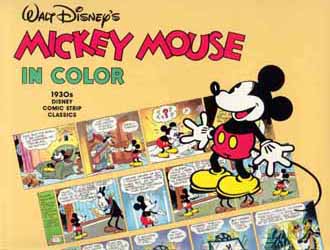 Â
Â
By various and produced by Another Rainbow Publishing Inc. (Pantheon Books 1988)
ISBN 0-394-52519-9
Carl Barks is one of the greatest exponents of comic art that the world has ever seen, and he did almost all his work with Walt Disney characters. His work reached and affected untold millions of readers and he all too belatedly won far-reaching recognition.
One of his most talented associates, potentially even more influential and certainly much less lauded, is Floyd Gottfredson. Another strip artist who started out in the Walt Disney animation studios during the Depression of the 1930s, Gottfredson was asked by Disney himself to take over the fledgling Mickey Mouse newspaper strip. He would plot, occasionally write, but mostly draw the strip for forty-five-and-a-half years.
He took a wild and anarchic rodent from slap-stick beginnings, via some of the earliest adventure continuities in comics history as detective, explorer, aviator and even cowboy, through to the gentle suburban sitcom gags of a newly middle-class America that syndicate policy eventually forced upon him. Along the way he produced some of the most amazing strip adventures the industry has ever seen.
Mickey Mouse in Color is a lavish volume reprinting the best of the early strips with fascinating text and feature articles including interviews with the man himself, but the real gold is the cartoons themselves.
A mix of Sunday page yarns comprising ‘Rumplewatt the Giant (1934)’, ‘Dr. Oofgay’s Secret Serum (1934)’, the magnificent ‘Case of the Vanishing Coats (1935)’ and the whimsical ‘Robin Hood Adventure (1936)’ although superlative, are mere appetisers. The best stories and biggest laughs come with the rollickin’ comedy thrill-ride serials ‘Blaggard Castle (1932)’, ‘Pluto and the Dogcatcher (1933)’, ‘The Mail Pilot (1933)’ and the gloriously entertaining and legendary ‘Mickey Mouse Outwits the Phantom Blot (1939)’.
Consistency is as rare as longevity in today’s comic market-place, and the sheer volume of quality work produced by Gottfredson that has remained unseen and unsung is a genuine scandal. Books like this should be welcomed, cherished, and most importantly, kept permanently in print.
© 1988 The Walt Disney Company. All Rights Reserved.

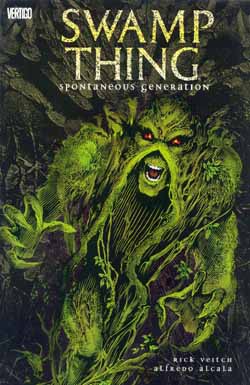 Â
 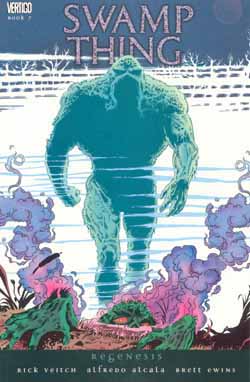 Â
 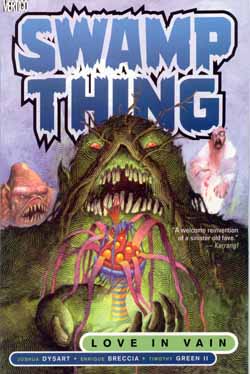 Â
 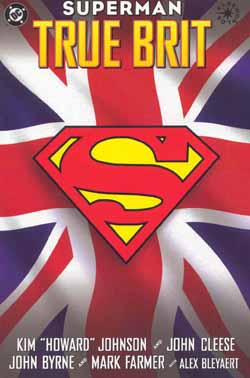 Â
 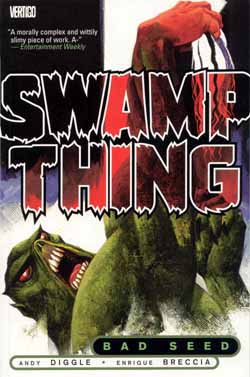 Â
 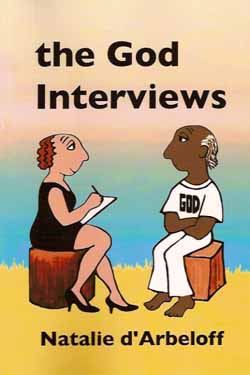 Â
 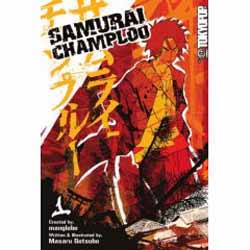 Â
 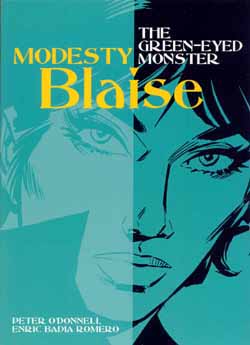 Â
Â